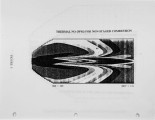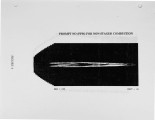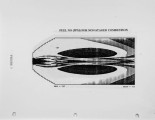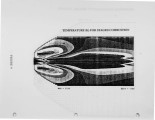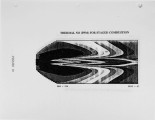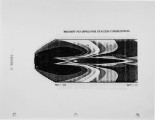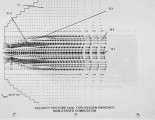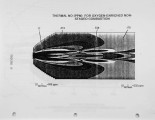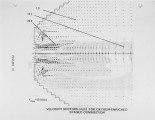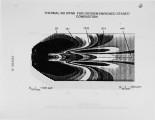| OCR Text |
Show significantly wider flame. Low oxygen concentrations (and hence low oxygen atom availability (10) found in the center of the flame where the maximum temperatures are found, suppresses the rate-limiting step Rl. Despite higher maximum temperatures achieved with staging, signIficantly lower NO emission levels are found resulting from reduced formation rates in the center of the staged flame. While prompt NO only contributed to only 11 % of the total NO for unstaged air firing, it contributed 25 % for staged firing (Fig.6 and 11). For non-staged combustion, fuel fragments are seen to oxidize rapidly before significant quantities of · NO-precursor : HCN can be formed through ego R7. By staging, some of the aIr through the staging, some of the air through the staging ports, a significant fuel-rich region is formed along the center of the flame. Hence, large quantities of fuel fragments resulted in substantial levels of HCN and consequently prompt NO. For both air-fired non-staged, as well as staged combustion, fuel NO cont.libuted significantly (ca. 50 %) to the overall NO emitted. However, from Fig. 7 and 12 it can be seen that for non-staged combustion fuel NO is mostly formed over a larger area at lower rates resulting in a more uniform distlibution. F or the staged-combustion scenario (Fig. 12) maximum fuel NO concentration generally exceed double those found for non-staged combustion. However, due to staging, the availability of fuel fragments CH In x fuel rich zones resulted in high destruction rates through: (27) |








































